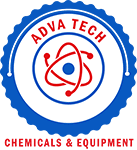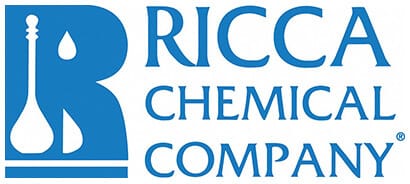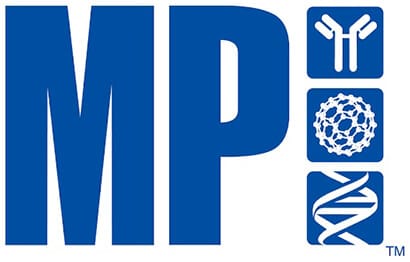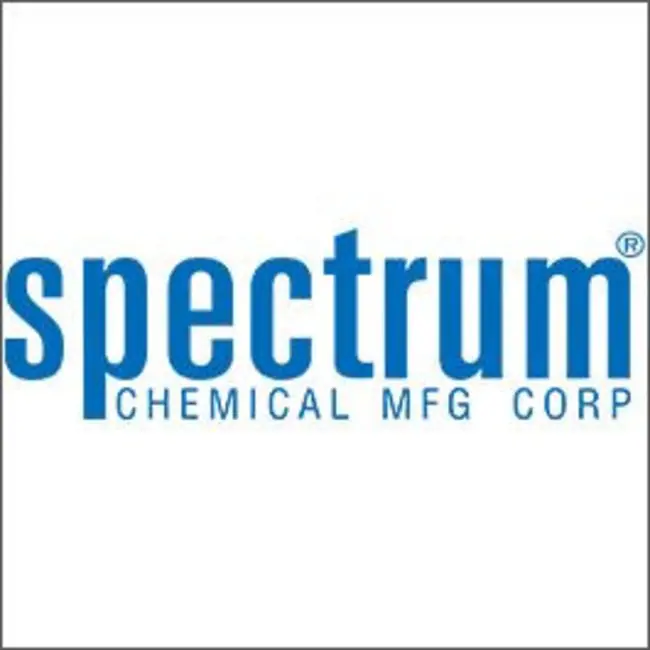Dry Ice
Showing 2951–3000 of 3105 results
-

Tosyl Cyanide (>90%)
$160.43 Add to cart View Product DetailsMolecular Formula : C8H7NO2S
-

Tosyl Cyanide (>90%)
$270.83 Add to cart View Product DetailsMolecular Formula : C8H7NO2S
-

Tosyl Cyanide (>90%)
$462.30 Add to cart View Product DetailsMolecular Formula : C8H7NO2S
-
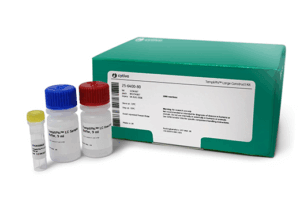
TPHI LARGE CONSTRUCT KIT
$4,017.10 Add to cart View Product DetailsTPHI LARGE CONSTRUCT KIT
-

Tramazoline Acetate Salt
$1,657.73 Add to cart View Product DetailsMolecular Formula : C13H17N3 • C2H4O2
-

trans-(15S)-Latanoprost
$319.99 Add to cart View Product DetailsMolecular Formula : C26 H40 O5
-

trans-(15S)-Latanoprost
$1,193.70 Add to cart View Product DetailsMolecular Formula : C26 H40 O5
-

trans-(15S)-Latanoprost
$5,716.65 Add to cart View Product DetailsMolecular Formula : C26 H40 O5
-

trans-1,2-Dimethylcyclopentane
$147.49 Add to cart View Product DetailsMolecular Formula : C7 H14
-

trans-1,2-Dimethylcyclopentane
$226.84 Add to cart View Product DetailsMolecular Formula : C7 H14
-

trans-1,2-Dimethylcyclopentane
$1,104.86 Add to cart View Product DetailsMolecular Formula : C7 H14
-

trans-2-Methyl-3-(5′-carboxy-3′-methyl-2′-pentenyl)-1,4-naphthoquinone
$214.76 Add to cart View Product DetailsMolecular Formula : C18H18O4
-

trans-2-Methyl-3-(5′-carboxy-3′-methyl-2′-pentenyl)-1,4-naphthoquinone
$1,619.78 Add to cart View Product DetailsMolecular Formula : C18H18O4
-

trans-Crotoxyphos
$214.76 Add to cart View Product DetailsMolecular Formula : C14 H19 O6 P
-

trans-Crotoxyphos
$1,619.78 Add to cart View Product DetailsMolecular Formula : C14 H19 O6 P
-

trans-Deltamethrin
$176.81 Add to cart View Product DetailsMolecular Formula : C22H19Br2NO3
-

trans-Deltamethrin
$340.69 Add to cart View Product DetailsMolecular Formula : C22H19Br2NO3
-

trans-Deltamethrin
$2,575.43 Add to cart View Product DetailsMolecular Formula : C22H19Br2NO3
-

trans-Latanoprost
$71.59 Add to cart View Product DetailsMolecular Formula : C26 H40 O5
-

trans-Latanoprost
$294.11 Add to cart View Product DetailsMolecular Formula : C26 H40 O5
-

trans-Phytoene (Technical grade)
$242.36 Add to cart View Product DetailsMolecular Formula : C40H64
-

trans-Phytoene (Technical grade)
$438.15 Add to cart View Product DetailsMolecular Formula : C40H64
-

trans-Phytoene (Technical grade)
$814.20 Add to cart View Product DetailsMolecular Formula : C40H64
-
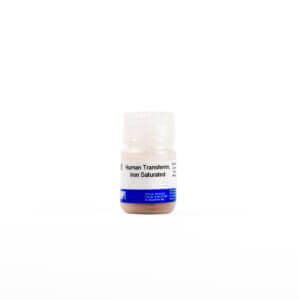
Transferrin, human, iron saturated
$800.75 Add to cart View Product DetailsTransferrin is a glycoprotein with homologous N-terminal and C-terminal iron-binding domains.
-
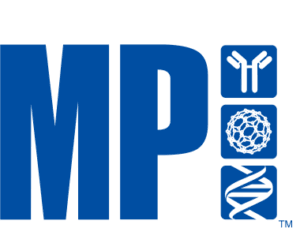
TRANSFORMING GROWTH FACTOR-β1, Latent Form
$474.38 Add to cart View Product DetailsTRANSFORMING GROWTH FACTOR-β1, Latent Form
-

Travoprost 13,14-Epoxide (Mixture of Diastereomers)
$253.58 Add to cart View Product DetailsMolecular Formula : C26H35F3O7
-

Travoprost 13,14-Epoxide (Mixture of Diastereomers)
$1,976.85 Add to cart View Product DetailsMolecular Formula : C26H35F3O7
-

tri-2,4-xylyl Phosphate
$183.71 Add to cart View Product DetailsMolecular Formula : C24H27O4P
-

tri-2,4-xylyl Phosphate
$750.38 Add to cart View Product DetailsMolecular Formula : C24H27O4P
-

tri-2,4-xylyl Phosphate
$1,166.96 Add to cart View Product DetailsMolecular Formula : C24H27O4P
-
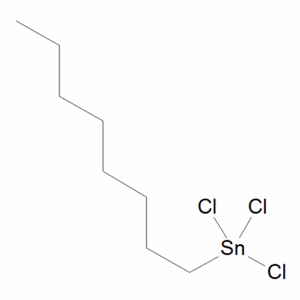
Trichlorooctyl-stannane
$128.51 Add to cart View Product DetailsMolecular Formula : C8 H17 Cl3 Sn
-

Trichlorooctyl-stannane
$408.83 Add to cart View Product DetailsMolecular Formula : C8 H17 Cl3 Sn
-

Trichlorooctyl-stannane-d17 (>85%)
$155.25 Add to cart View Product DetailsMolecular Formula : C8 D17 Cl3 Sn
-

Trichlorooctyl-stannane-d17 (>85%)
$1,240.28 Add to cart View Product DetailsMolecular Formula : C8 D17 Cl3 Sn
-

Trifluoroacetic Anhydride
$62.10 Add to cart View Product DetailsMolecular Formula : C4 F6 O3
-

Trifluoroacetic Anhydride
$82.80 Add to cart View Product DetailsMolecular Formula : C4 F6 O3
-

Trifluoroacetic Anhydride
$116.44 Add to cart View Product DetailsMolecular Formula : C4 F6 O3
-

Tris(tetrabutylammonium) Hydrogen Pyrophosphate
$138.00 Add to cart View Product DetailsMolecular Formula : C48H109N3O7P2
-

Tris(tetrabutylammonium) Hydrogen Pyrophosphate
$529.58 Add to cart View Product DetailsMolecular Formula : C48H109N3O7P2
-

Trisulfide Acetyl Ethoxy (Technical Grade)
$154.39 Add to cart View Product DetailsMolecular Formula : C4H8O2S3
-

Troglitazone Sulfate Ammonium Salt
$266.51 Add to cart View Product DetailsMolecular Formula : C24H30N2O8S2
-

Troglitazone Sulfate Ammonium Salt
$2,032.05 Add to cart View Product DetailsMolecular Formula : C24H30N2O8S2
-

TruePol 2X PCR Mix for Microbiome
$54.74 Add to cart View Product DetailsMolecular/Enzyme Products
-

TruePol 2X PCR Mix for Microbiome
$173,075.00 Add to cart View Product DetailsMolecular/Enzyme Products
-

TruePol 2X PCR Mix for NGS
$91.77 Add to cart View Product DetailsNGS Kits
-

TruePol 2X PCR Mix for NGS
$28.98 Add to cart View Product DetailsNGS Kits
-

Trypsin Inhibitor
$45.97 Add to cart View Product DetailsTrypsin Inhibitor
-

Trypsin Inhibitor
$109.80 Add to cart View Product DetailsTrypsin Inhibitor
-

Trypsin Inhibitor
$236.83 Add to cart View Product DetailsTrypsin Inhibitor
-

Trypsin Inhibitor
$435.26 Add to cart View Product DetailsTrypsin Inhibitor
